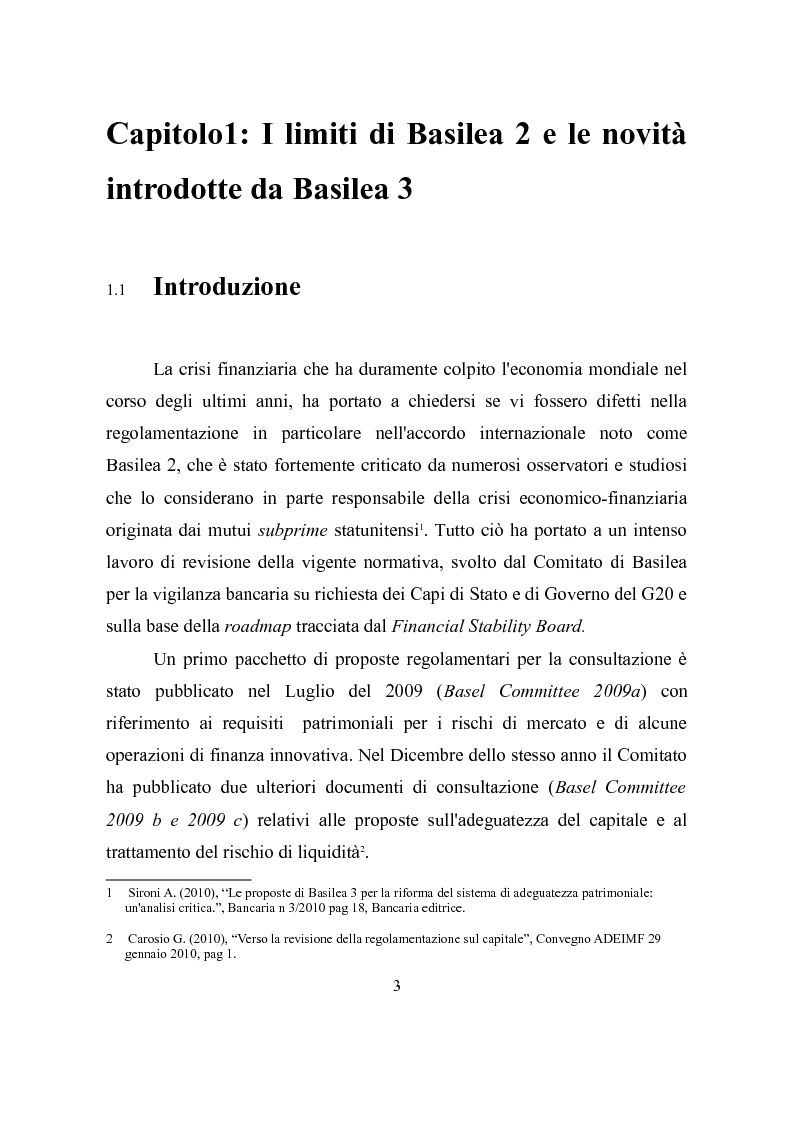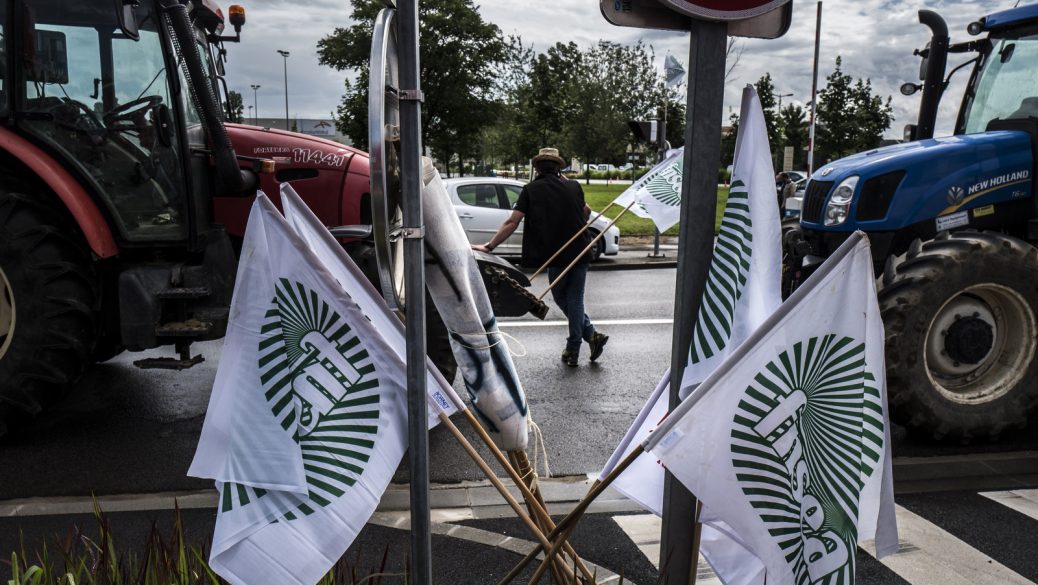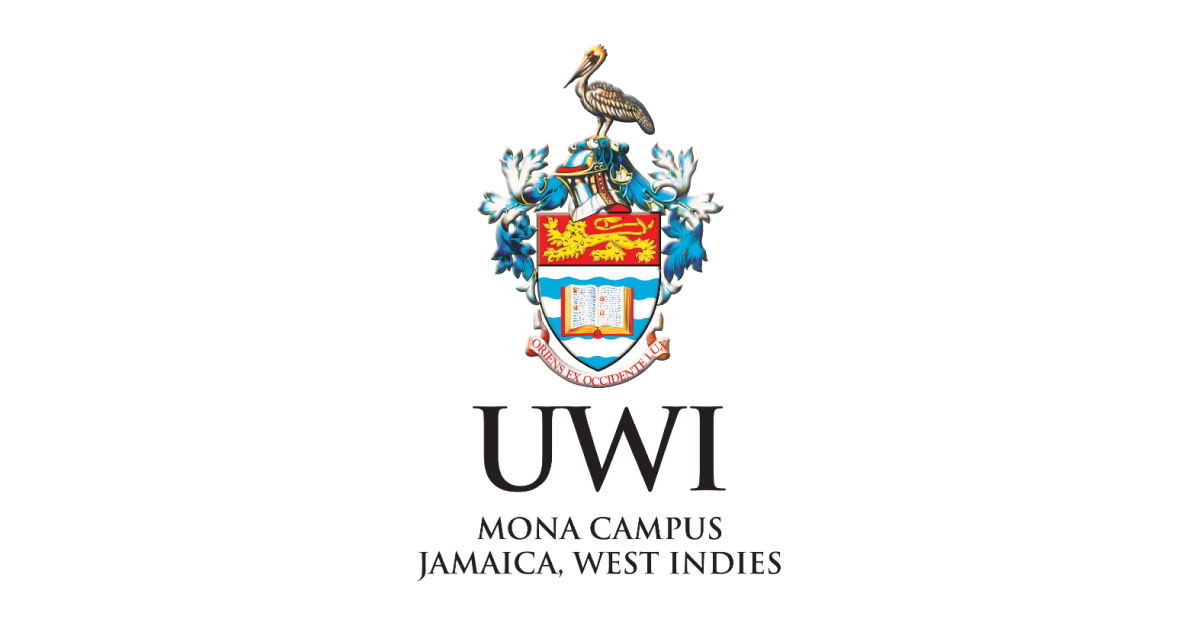Rising Global Forest Loss: The Devastating Impact Of Wildfires

Table of Contents
The Escalating Threat of Wildfires
Climate Change as a Primary Driver
Climate change is undeniably the primary driver of increased wildfire frequency and severity. Rising global temperatures are creating a perfect storm for catastrophic blazes.
- Increased frequency of heatwaves: More frequent and intense heatwaves dry out vegetation, turning forests into tinderboxes.
- Longer and more intense fire seasons: Warmer temperatures extend the fire season, providing more time for wildfires to ignite and spread.
- Drier vegetation: Prolonged droughts, exacerbated by climate change, leave forests parched and highly susceptible to ignition.
Scientific studies consistently demonstrate a strong correlation between rising temperatures and increased wildfire activity. For example, a 2021 study published in Nature found a significant increase in the area burned globally due to climate change-induced drought.
Deforestation and Human Activities
Human activities significantly contribute to wildfire spread and the overall problem of rising global forest loss.
- Illegal logging: Removes natural firebreaks and creates fragmented forests, increasing wildfire risk.
- Agricultural expansion: Clearing forests for agriculture encroaches on natural habitats, creating more flammable landscapes.
- Urbanization encroaching on forests: Expanding urban areas create interfaces between human settlements and forests, increasing ignition sources and hindering fire suppression efforts.
- Improper waste disposal: Discarded materials, such as cigarettes and glass bottles, can easily ignite dry vegetation.
Regions like the Amazon rainforest and Indonesia have experienced devastating deforestation, increasing their vulnerability to large-scale wildfires.
The Role of Invasive Species
Invasive plant species can drastically alter forest ecosystems, creating conditions ripe for wildfires.
- Increased fuel loads: Invasive species often outcompete native plants, leading to denser vegetation and increased fuel loads.
- Examples of invasive plants that contribute to wildfire risk: Certain grasses and shrubs, like cheatgrass in the western United States, are highly flammable and spread rapidly.
- Reduced biodiversity: Invasive species can reduce biodiversity, weakening the resilience of forests to wildfire.
Environmental Consequences of Rising Global Forest Loss
Biodiversity Loss and Extinction
Wildfires are a leading cause of biodiversity loss and species extinction.
- Loss of habitat: Wildfires destroy crucial wildlife habitats, forcing animals to relocate or face extinction.
- Disruption of ecosystems: The destruction of forests disrupts delicate ecological balances, with cascading effects throughout the food chain.
- Endangered species directly impacted: Many endangered species rely on specific habitats that are particularly vulnerable to wildfires. Koalas in Australia, for instance, have suffered devastating losses due to recent bushfires.
Impact on Air and Water Quality
Wildfires severely impact air and water quality.
- Health impacts of air pollution from wildfires: Smoke and particulate matter from wildfires cause respiratory illnesses, cardiovascular problems, and other health issues.
- Water pollution from ash and sediment: Ash and sediment from wildfires contaminate water sources, impacting drinking water supplies and aquatic ecosystems.
Data from numerous air quality monitoring stations consistently show significant spikes in particulate matter during and after major wildfire events.
Climate Change Feedback Loop
Forest loss exacerbates climate change, creating a dangerous feedback loop.
- Reduced carbon sequestration: Trees absorb carbon dioxide from the atmosphere. Their loss reduces the planet's capacity to absorb greenhouse gases.
- Increased greenhouse gas emissions: Wildfires release vast amounts of carbon dioxide and other greenhouse gases into the atmosphere, accelerating global warming.
This cyclical relationship between wildfire, deforestation, and climate change underscores the urgency of addressing rising global forest loss.
Combating Rising Global Forest Loss: Solutions and Mitigation Strategies
Improved Forest Management Practices
Sustainable forestry practices and responsible land management are essential for preventing and mitigating wildfires.
- Controlled burns: Prescribed burns can reduce fuel loads and prevent larger, more destructive wildfires.
- Forest thinning: Removing excess vegetation reduces the density of forests, creating firebreaks and slowing the spread of wildfires.
- Reforestation efforts: Planting trees helps restore forests and enhance their resilience to wildfire.
Strengthening International Cooperation
Global collaboration is critical to effectively address rising global forest loss.
- Sharing of best practices: Countries can learn from each other's successful wildfire prevention and management strategies.
- International agreements on forest conservation: International treaties and agreements are needed to promote sustainable forest management and reduce deforestation.
Investing in Early Detection and Suppression
Advanced technology and resources are crucial for preventing and controlling wildfires.
- Early warning systems: Satellite monitoring and other early warning systems can help detect wildfires early, allowing for rapid response.
- Improved firefighting technology: Investing in better firefighting equipment and techniques is critical for suppressing wildfires effectively.
- Community preparedness: Educating communities about wildfire risks and developing evacuation plans can save lives and property.
Conclusion
Rising global forest loss, driven primarily by increasingly intense wildfires, poses a catastrophic threat to our planet's biodiversity, climate, and human health. The consequences of inaction are severe and far-reaching. We've explored the critical role of climate change, deforestation, and invasive species in fueling this crisis, and the devastating impacts on air and water quality, biodiversity, and the climate itself. However, there is hope. By implementing improved forest management practices, strengthening international cooperation, and investing in early detection and suppression technologies, we can significantly reduce rising global forest loss and protect our precious forests. We must act now to curb rising global forest loss. Support organizations dedicated to wildfire prevention and forest conservation. Your actions can help save our planet's precious forests, preventing further forest loss and building a more sustainable future. Let's work together to reduce global forest loss and protect our planet for future generations.

Featured Posts
-
 Housing Finance And Family Fun What To Expect At The Iam Expat Fair
May 25, 2025
Housing Finance And Family Fun What To Expect At The Iam Expat Fair
May 25, 2025 -
 Climate Change And The Rise Of Invasive Fungi A Growing Health Concern
May 25, 2025
Climate Change And The Rise Of Invasive Fungi A Growing Health Concern
May 25, 2025 -
 Dutch Economy Feels The Heat Stock Market Downturn Linked To Us Trade Dispute
May 25, 2025
Dutch Economy Feels The Heat Stock Market Downturn Linked To Us Trade Dispute
May 25, 2025 -
 Fed E Borsa Impatto Sulle Banche Italiane E Italgas
May 25, 2025
Fed E Borsa Impatto Sulle Banche Italiane E Italgas
May 25, 2025 -
 Dissidents Francais Face A La Mainmise De La Chine
May 25, 2025
Dissidents Francais Face A La Mainmise De La Chine
May 25, 2025
Latest Posts
-
 Maryland Mourns The Passing Of Legal Luminary George L Russell Jr
May 25, 2025
Maryland Mourns The Passing Of Legal Luminary George L Russell Jr
May 25, 2025 -
 George Russells Mercedes Future Wolff Drops Another Clue
May 25, 2025
George Russells Mercedes Future Wolff Drops Another Clue
May 25, 2025 -
 Mercedes And George Russell Contract Renewal Hinges On This One Factor
May 25, 2025
Mercedes And George Russell Contract Renewal Hinges On This One Factor
May 25, 2025 -
 Toto Wolffs Latest Comments On George Russells Mercedes Future
May 25, 2025
Toto Wolffs Latest Comments On George Russells Mercedes Future
May 25, 2025 -
 Will George Russell Stay At Mercedes A Single Scenario Could Change Everything
May 25, 2025
Will George Russell Stay At Mercedes A Single Scenario Could Change Everything
May 25, 2025
